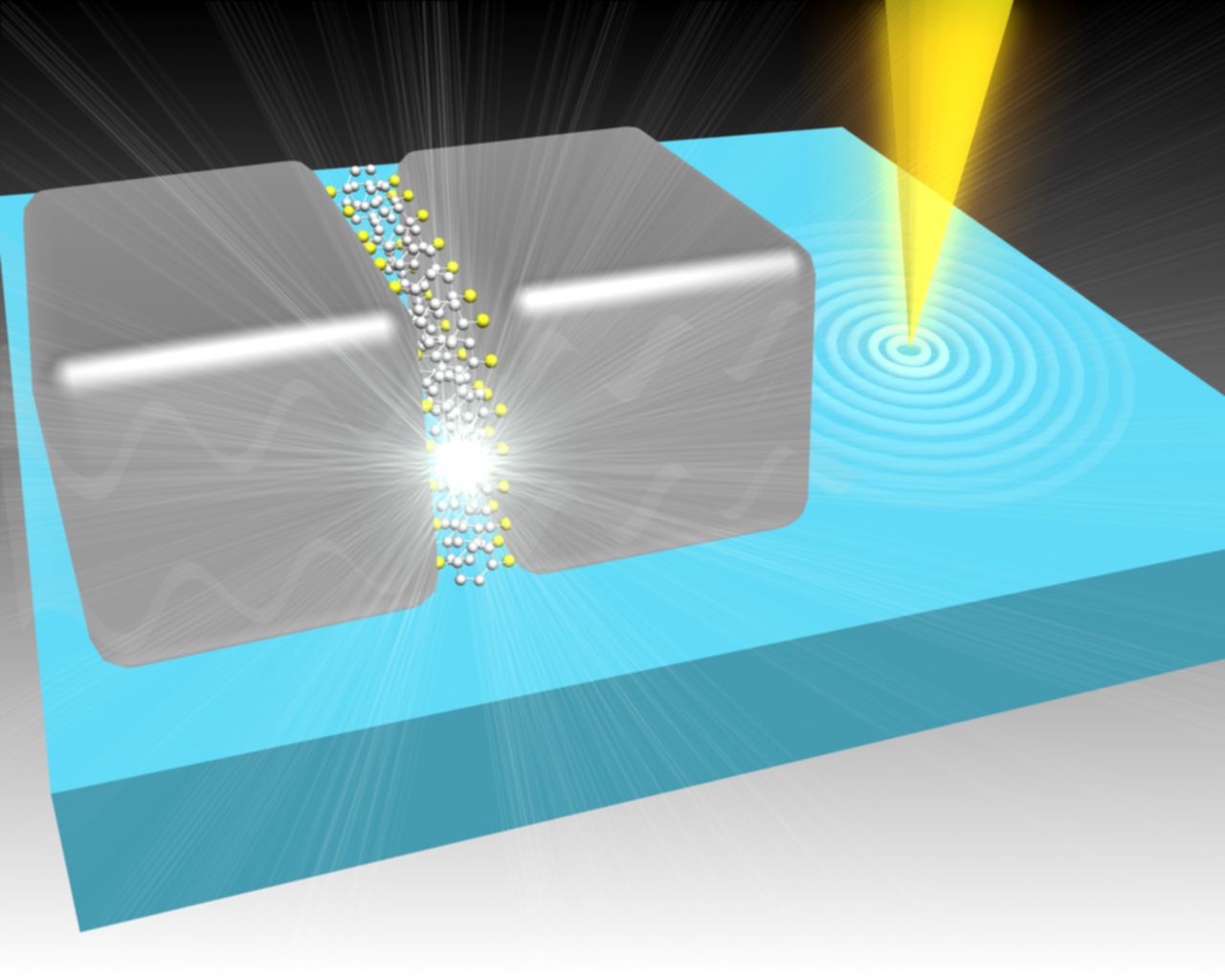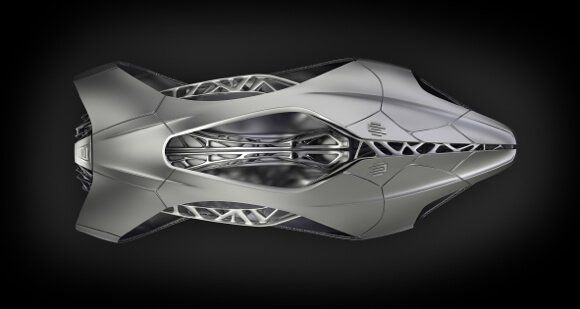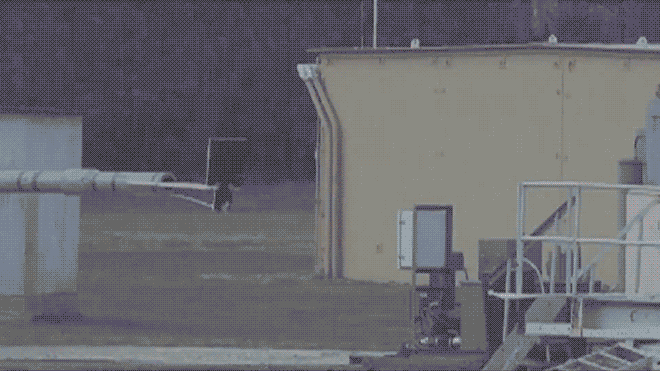Welcome to the Speed Lab, where Popular Science explores the most important disruptive technology in the world of cars and transportation.
We want to start by setting something straight: “Speed” for our purposes doesn’t just stand for acceleration or how fast a vehicle can go—although we certainly relish testing those limits. It’s about the rapid pace at which the automotive industry is reinventing itself. After decades of slow, steady improvements, we’re now in an age of dramatic change.
In the next year alone, we can expect great leaps in autonomy and fuel economy. Honda, Hyundai, Toyota, and others are in a race to put hydrogen-powered fuel-cell vehicles on the road by 2015—or even sooner, in Hyundai's case. (I tested Toyota’s prototype late last year in Tokyo, and let me tell you, it was a blast to drive.) Meanwhile, Mercedes-Benz and Nissan aim to offer autonomous-driving vehicles by 2020.

 Circuits that can operate at frequencies up to 245 terahertz — tens of thousands times faster than today’s state-of-the-art microprocessors — have been designed and fabricated by researchers at National University of Singapore and Agency for Science, Technology and Research (A*STAR).
Circuits that can operate at frequencies up to 245 terahertz — tens of thousands times faster than today’s state-of-the-art microprocessors — have been designed and fabricated by researchers at National University of Singapore and Agency for Science, Technology and Research (A*STAR).



 John Brownlee — Fast Company
John Brownlee — Fast Company








